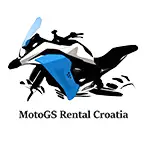The magic of the Balkans
The magic of the Balkans
Category: Motorcycle Tours | Travel Recommendations
Whenever “The Balkans” comes to mind, the first thought that comes to mind is: “I want my next vacation SOON.”
The Balkans are in every respect one of the most interesting and attractive areas in Europe for motorcyclists from all over the world. History, multiculturalism, landscapes, charming cities, gastronomy, monuments, nightlife, character of the people, sea, cathedrals, natural parks, customs and all this at prices that are sometimes much cheaper than in any other destination in Europe. It seems that we can find any attraction we are actually looking for there.
However, it is not always easy to plan a route through these magnificent landscapes, with their coasts washed by the Adriatic and medieval cities. Unlike other more touristy destinations, where we can plan our route from home down to the last detail, in the case of the Balkan countries it is not always so easy. Improvisation, background knowledge and more precise planning is necessary on many occasions and that is why I will gather a lot from my experience of touring the Balkans on my BMW motorcycle in order to be able to report as much information as possible about it.
What is the Balkans?

We refer to the area of about 660,000 km² between the Balkan Mountains themselves and the Dinaric Alps, an area that includes almost all the countries of the former Yugoslavia: Slovenia, Croatia, Serbia, Bosnia and Herzegovina, Montenegro, Kosovo and North Macedonia, as well as mainland Greece, Albania, a small part of Italy, part of Romania, Bulgaria and the Turkish region of Eastern Thrace.
In this post we will refer in particular to the countries of the former Yugoslavia.
In our case, after several weeks of planning and deciding to start the route in Croatia and end it again in Croatia, we finally planned two possible routes:
1) The coastal route: I will focus on Croatia, travel the country's extensive coastline and visit the cities of Zadar, Split and Dubrovnik, tour to Bosnia to visit Mostar, continue my journey through Montenegro to Durmitor National Park, then to Albania and then travel back to Split in Croatia.
2) The inland route: I will visit the capitals of Croatia, Bosnia, Serbia and North Macedonia, as well as important cities such as Maribor, Banja Luka or Niš, to return to Croatia later.
Finally, we decided on the first option. We knew it was interesting, but also that in the summer period when we would be doing the route, this area would be very busy with tourism, which could lead to a "crowd" of tourists and difficulties in booking accommodation, not to mention the price increases. What interested us even more about the Balkans, on the other hand, was its history and the routes that you could travel on a BMW motorcycle, and we thought that the best way to understand it was to visit the less explored routes, routes where the traces of the history of that time are still very present.
IMPORTANT!
Documentation and visas. Currently, citizens of the European Union do not need to apply for a visa in any of the countries in this region. In many cases, a passport is even unnecessary, except in Albania. For citizens from outside the EU, a passport is essential and it is advisable to carry it with you at all times. The Class A motorcycle license (EU compliant) is recognized by all of these countries. Otherwise, it is generally advisable for non-EU citizens to carry an International Drivers Permit.
Currencies and prices:
In general, everyday life in the Balkans is much cheaper than north of the Alps. With the exception of Slovenia and Greece, where the currency is the Euro, and some tourist destinations on the Croatian and Montenegrin coast (Dubrovnik, Split, Kotor...), where prices throughout our tour are more similar to those we are used to. When traveling through the inland of Croatia, Bosnia, Serbia, Montenegro, North Macedonia or Albania, prices are in many cases less than half compared to Western Europe or the coastal region of the Adriatic.
How to get to the Balkans?
Of course, there are many ways and means of transport. But let's be honest, we often take many unnecessary detours and end up disappointed, often because of too high expectations, and have to extend our journey by several hours.
For this reason, it should be a well-intentioned piece of advice to rent a BMW motorcycle in Croatia. There are a variety of BMW GS models.
Accommodation and food:
The hotel offer in this region of Europe should not be a problem at all, as both in the big cities and in the most touristy rural and coastal areas there is a wide, varied and affordable choice for all budgets. During our stay in the Balkans, our experience was that we found an equivalent or even better service. All of them usually have free internet connection, maps and city information and some have breakfast included in the price.
As for the gastronomy, this is undoubtedly one of the trip's strong points. Very good, varied and inexpensive. And don't forget the desserts, pasta, soups, all kinds of meat, grilled dishes, cheeses, sweets, wines and a culinary mix of Italian, Greek and Turkish influences will ensure that it will be a delight. Don't forget to try burek, a puff pastry filled with meat, cheese or vegetables, cevapcici, grilled minced meat served with bread, onions and white sauce, and sweets such as baklava, made with almonds, hazelnuts and honey.
Language:
One of the most common concerns before travelling to the Balkans is the question of language, an aspect which, as we will see, is often easier in practice than we think.
However, to travel through the Balkans, at least a basic knowledge of English is essential, as most young people speak English. In hotels, restaurants or train stations in big cities, there is always someone who speaks English and can help.
When to travel?
In our opinion, the best time to travel to the Balkans is spring and autumn. It doesn't rain often and the heat isn't overwhelming, so there are often sunny days with temperatures around 25°C.
The locals:
In short, the population of the countries of the former Yugoslavia is characterized by friendliness and hospitality towards foreigners.
Safety:
In general, the Balkans is a very safe region.
Health:
The level of hospitals and health centers in this region is acceptable, at least as far as the urban centers are concerned. However, we recommend taking out private health insurance.
Traveling in and through the Balkans is undoubtedly a very enriching pastime and experience in every respect. Enchanting places, landscapes, gastronomy, culture and, above all, the friendliness of the people. A trip that, regardless of the time of year, duration or itinerary, will certainly not disappoint you. So what are you waiting for to discover this region?
The Balkans are waiting for YOU!
TAGS
yugoslavia turkish region of eastern thrace. slovenia serbia romania north macedonia montenegro kosovo italy, greece croatia bulgaria bosnia and herzegovina albaniaShare Your Thoughts
Share your experiences, questions, or suggestions!
Comments from Fellow Riders
TiborMotorcycle tours in the Balkans offer a unique blend of breathtaking landscapes, winding mountain roads, and pristine coastlines. Riding through picturesque villages and historic towns, every turn brings a new adventure and a sense of freedom that’s hard to match.
Blog categories
Rent a motorcycle in Split Croatia

* BMW F750GS - lowered
The perfect rental motorcycle - the BMW F750GS. This motorcycle is the new standard in the middle class ...

* BMW F750GS
The perfect rental motorcycle - the BMW F750GS. This motorcycle is the new standard in the middle class ...

* BMW F800GS
This bike has ADVENTURE IN THE BLOOD!
Live for the challenge. Ride further where others don't ride. Turn the challenges into ...

* BMW F850GS
ADVENTURE IN THE BLOOD
Live for the challenge. Ride further where others don`t not ride. Turn challenges into opportunities.

* BMW F900GS Adventure
AS UNIQUE AS NEW ADVENTURES!
Hungry for experiences and something different? Your GS is already waiting for you. Ready to ...

* BMW R1250GS - lowered
Whether on extended tours or off-road: The BMW R1250GS with its boxer engine combines driving dynamics ...

* BMW R1250GS
Whether on extended tours or off-road: The BMW R1250GS with its boxer engine combines driving dynamics ...

* BMW R1300GS (DSA)
There is no such thing as a too big project, just the wrong equipment. Luckily, you do not have to worry about ...

* BMW R1300GS (DSA + ASA)
Your wanderlust knows only one answer: BMW R1300GS. When you set off for distant destinations ...

Motorcycle tires
Motorcycle tires | Travel enduro | Enduro

Ride the Trans Euro Trail (TET)
Good reasons you need to ride the Trans Euro Trail (TET).

The magic of the Balkans
Whenever “The Balkans” comes to mind, the first thought that comes to mind is: “I want my next vacation SOON.”

The International Driving Permit
What you should consider with your national motorcycle license ...
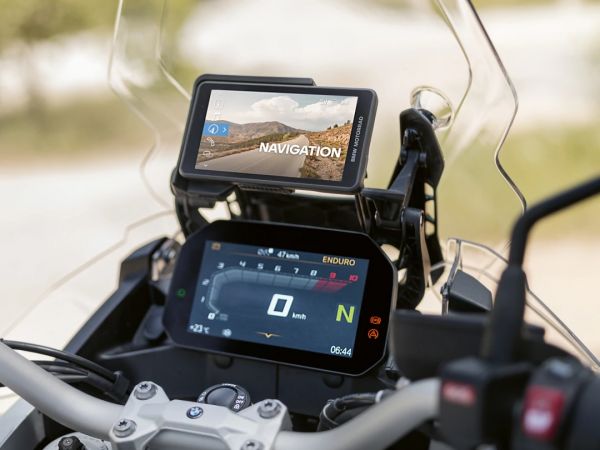
BMW Motorcycle ConnectedRide Navigator
The new BMW Motorcycle ConnectedRide Navigator ...
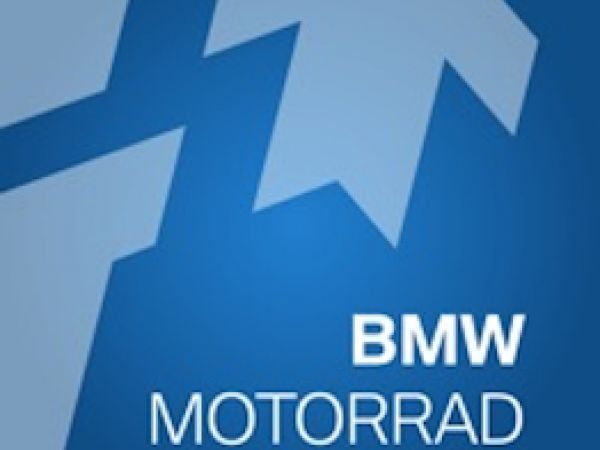
BMW-ConnectedRide Cradle and ConnectedApp
Riders of new BMW models have several options for using information and entertainment ...
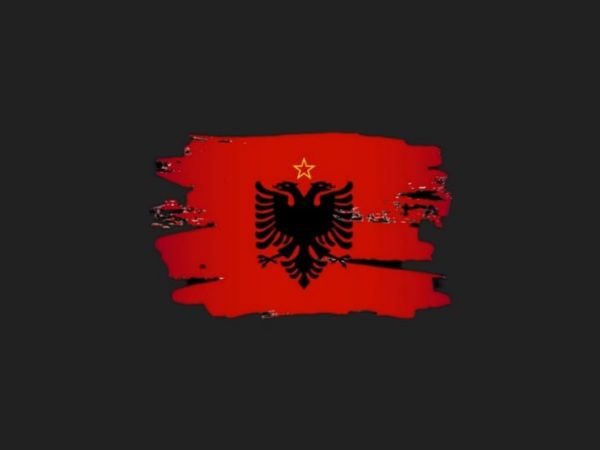
Traffic regulations in Europe - Albania
What should be considered on a motorcycle tour to or through Albania?
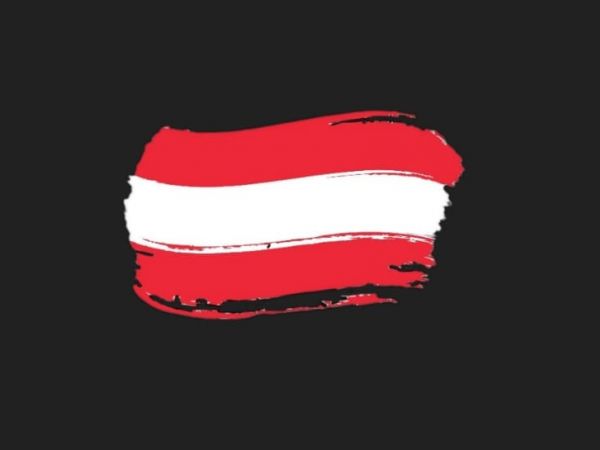
Traffic regulations in Europe - Austria
What should be considered on a motorcycle tour to or through Austria?
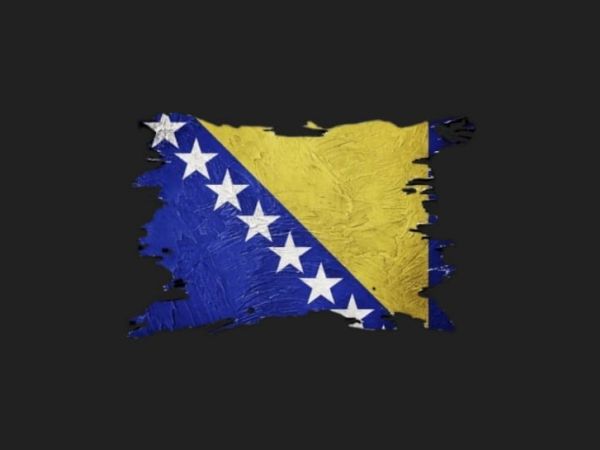
Traffic regulations in Europe - Bosnia Herzegovina
What should be considered on a motorcycle tour to or through Bosnia and Herzegovina?
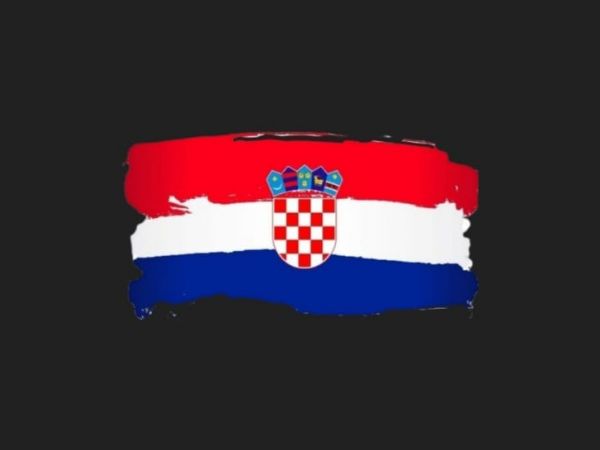
Traffic regulations in Europe - Croatia
What should be considered on a motorcycle tour to or through Croatia?
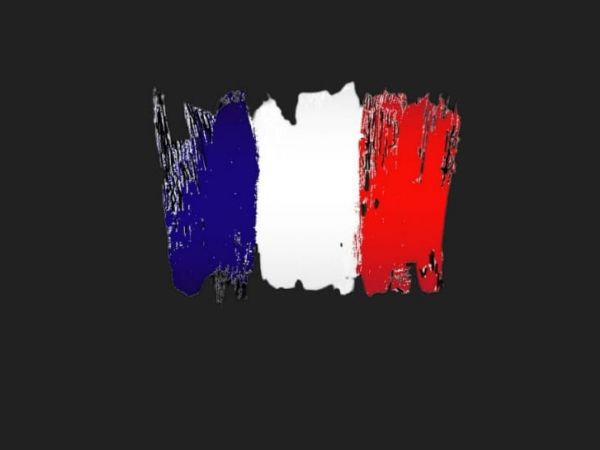
Traffic regulations in Europe - France
What should be considered on a motorcycle tour to or through France?
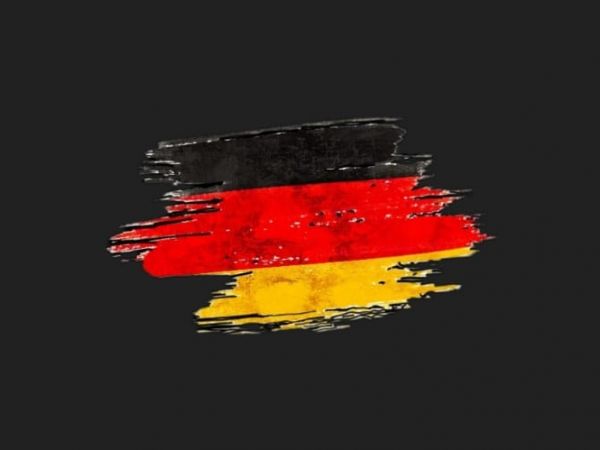
Traffic regulations in Europe - Germany
What should be considered on a motorcycle tour to or through Germany?
